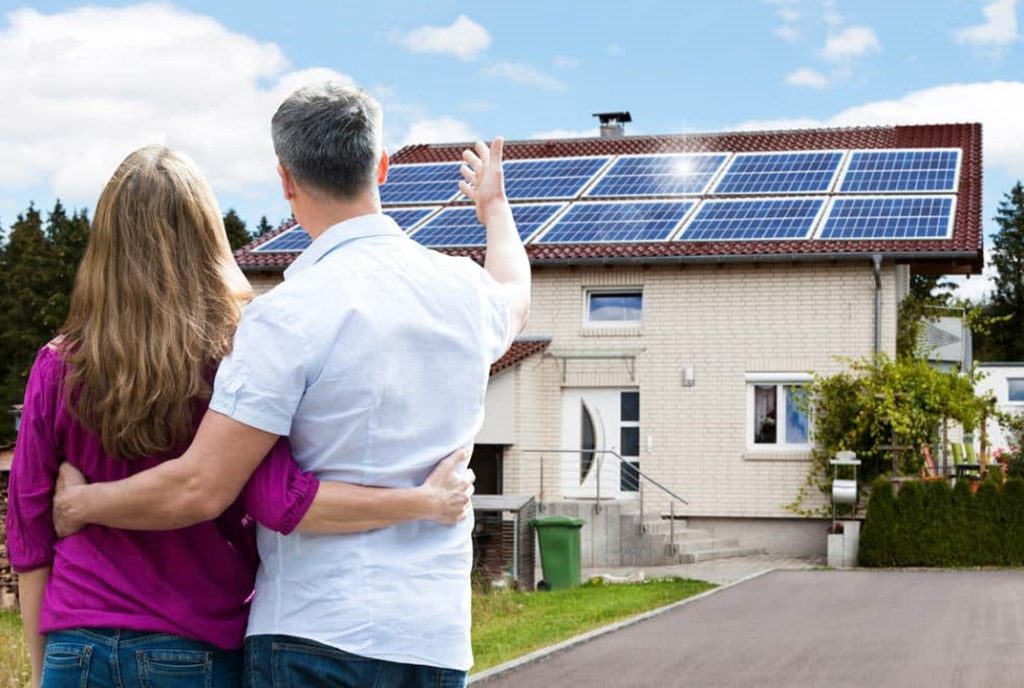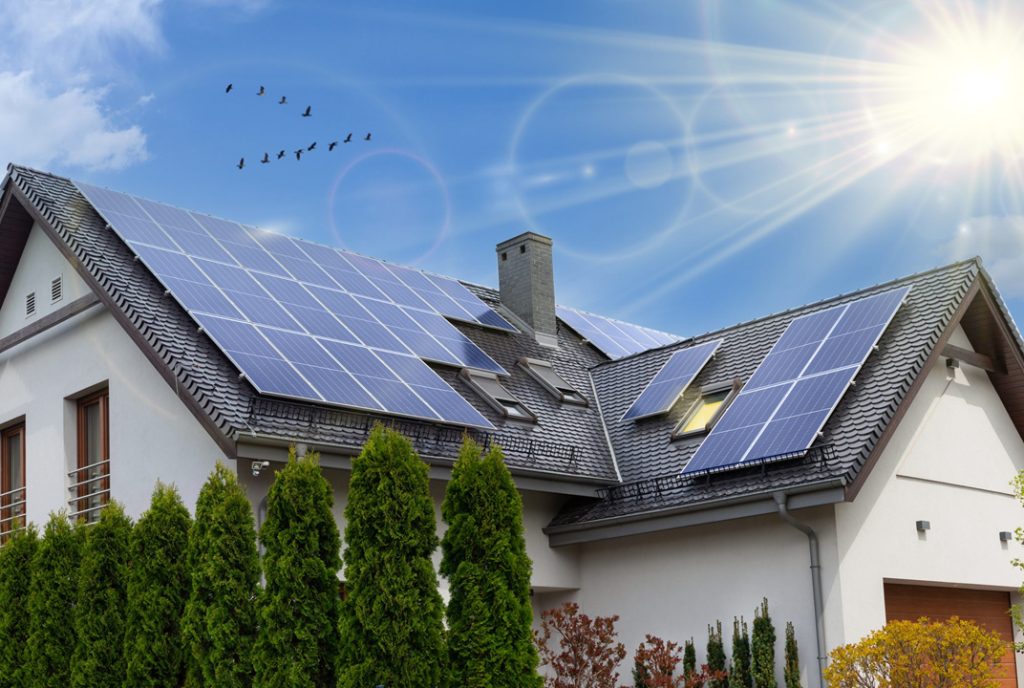How To Integrate Renewable Energy Into Your Home
Solar energy is one of the most accessible forms of renewable energy for residential use. Installing solar panels on your roof can harness sunlight to generate electricity. This clean energy source can power your home while decreasing reliance on fossil fuels. The initial investment in solar technology is often offset by long-term savings on utility bills. Many regions offer incentives or tax credits that make solar installations more affordable, further encouraging homeowners to make the switch.
Wind energy is another viable option, particularly for those living in areas with consistent wind patterns. Small residential wind turbines can be installed to generate electricity for your home. While they require a higher upfront investment and sufficient wind resources, the long-term savings and energy independence can make them an attractive choice. Homeowners should conduct a site assessment to determine if wind energy is a feasible option for their location.

Geothermal heating and cooling systems utilize the stable temperature of the earth to regulate indoor climate. This technology involves installing a series of underground pipes that exchange heat with the ground. During winter, the system extracts heat from the earth to warm your home, while in summer, it removes heat to cool the space. Although the installation process can be complex and costly, geothermal systems are highly efficient and can lead to significant energy savings over time.
Energy efficiency is a critical component of any renewable energy strategy. Homeowners should consider upgrading insulation, windows, and appliances to minimize energy consumption. Implementing smart home technology can also optimize energy use by allowing homeowners to monitor and control their energy consumption in real time. Smart thermostats, energy-efficient lighting, and energy monitoring systems can help reduce waste and lower utility bills.
Incorporating renewable energy solutions can also include the use of energy storage systems. Battery storage allows homeowners to store excess energy generated from solar panels or wind turbines for use during periods of low generation. This capability enhances energy independence and ensures that you have access to power even during outages. Investing in a reliable energy storage system can provide peace of mind while maximizing the benefits of renewable energy.
Community solar programs offer another way for homeowners to engage with renewable energy without installing individual systems. These programs allow residents to buy or lease a portion of a larger solar array located off-site. Participants benefit from the renewable energy produced by the array while often receiving credits on their electricity bills. This option is particularly beneficial for those who may not have suitable roof space for solar panels.

Education and awareness play crucial roles in the transition to renewable energy. Homeowners should research available options and stay informed about technological advancements and incentives. Engaging with local energy cooperatives or sustainability organizations can provide valuable resources and support in making informed decisions about renewable energy investments.
Transitioning to renewable energy sources is not only a responsible choice for the environment but also a practical one for homeowners looking to reduce their energy costs. By exploring various options and implementing energy-efficient practices, homeowners can contribute to a more sustainable future while enjoying the benefits of clean energy in their daily lives.




